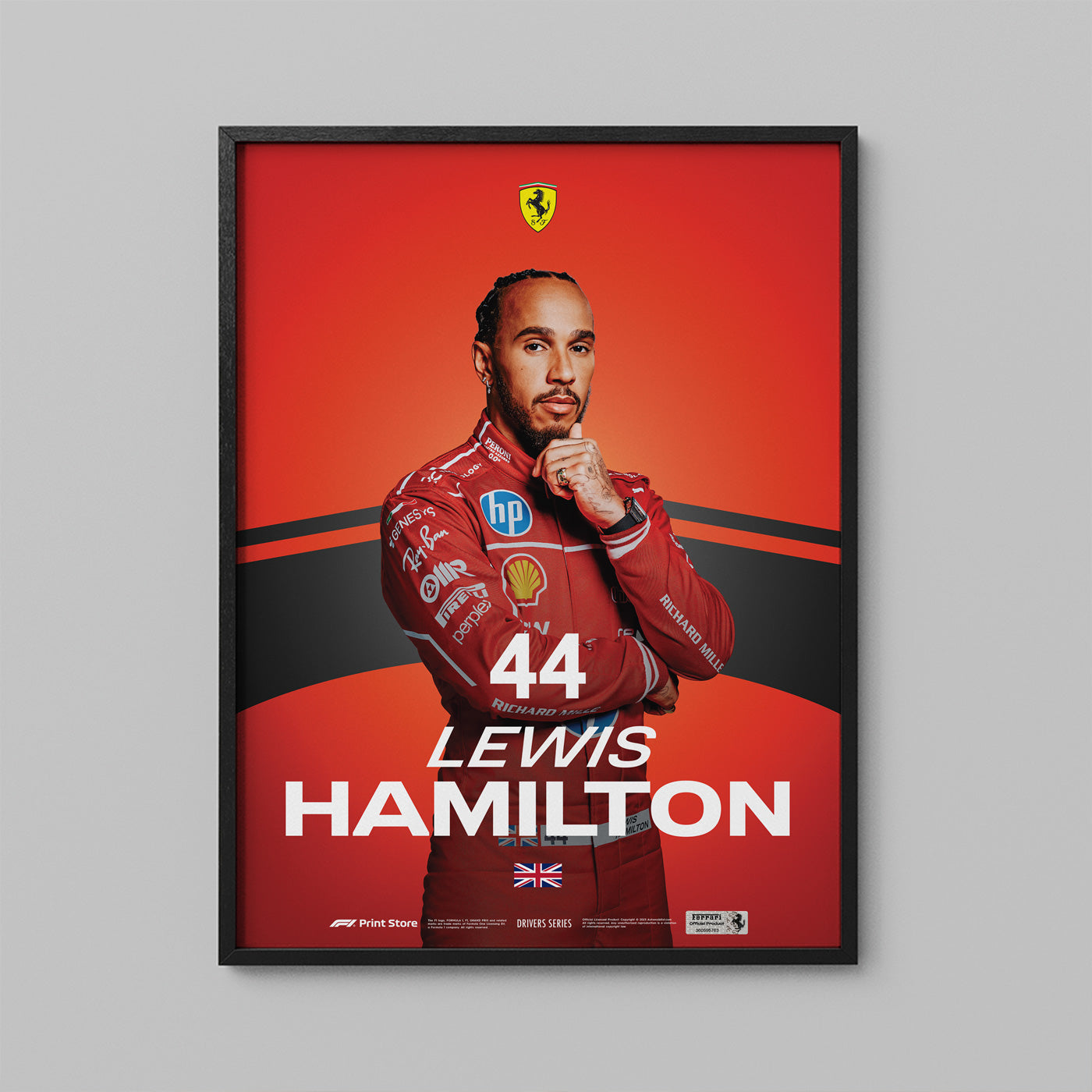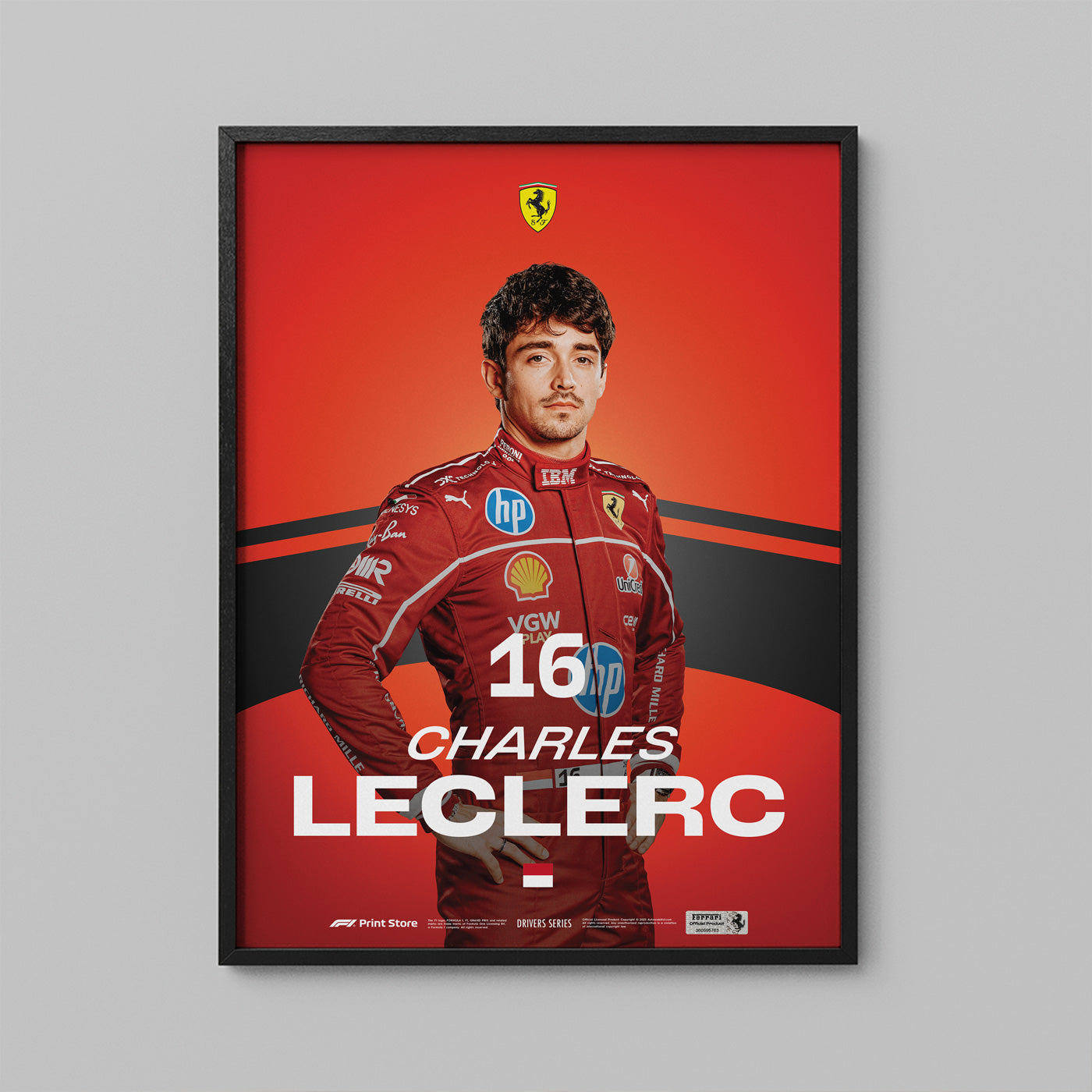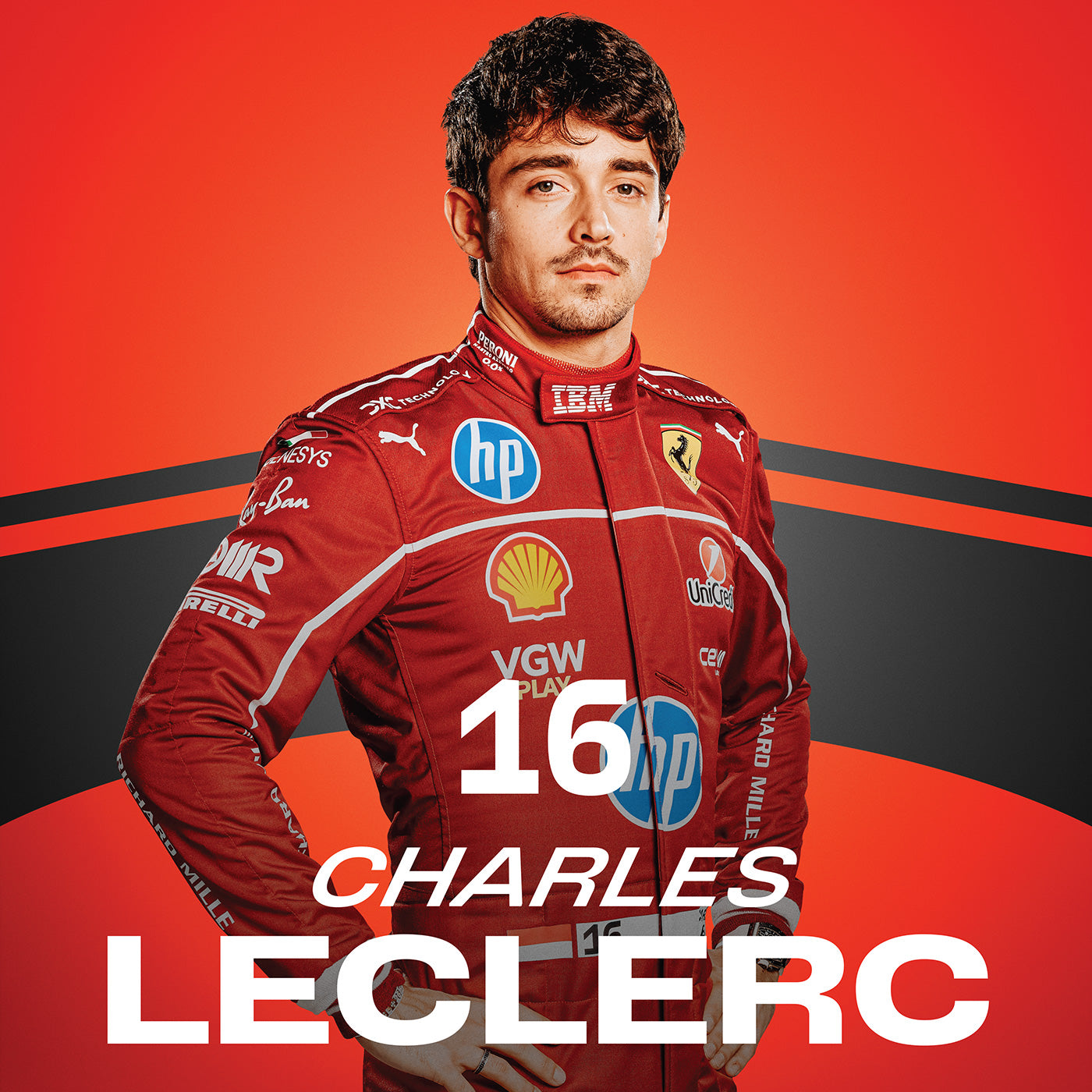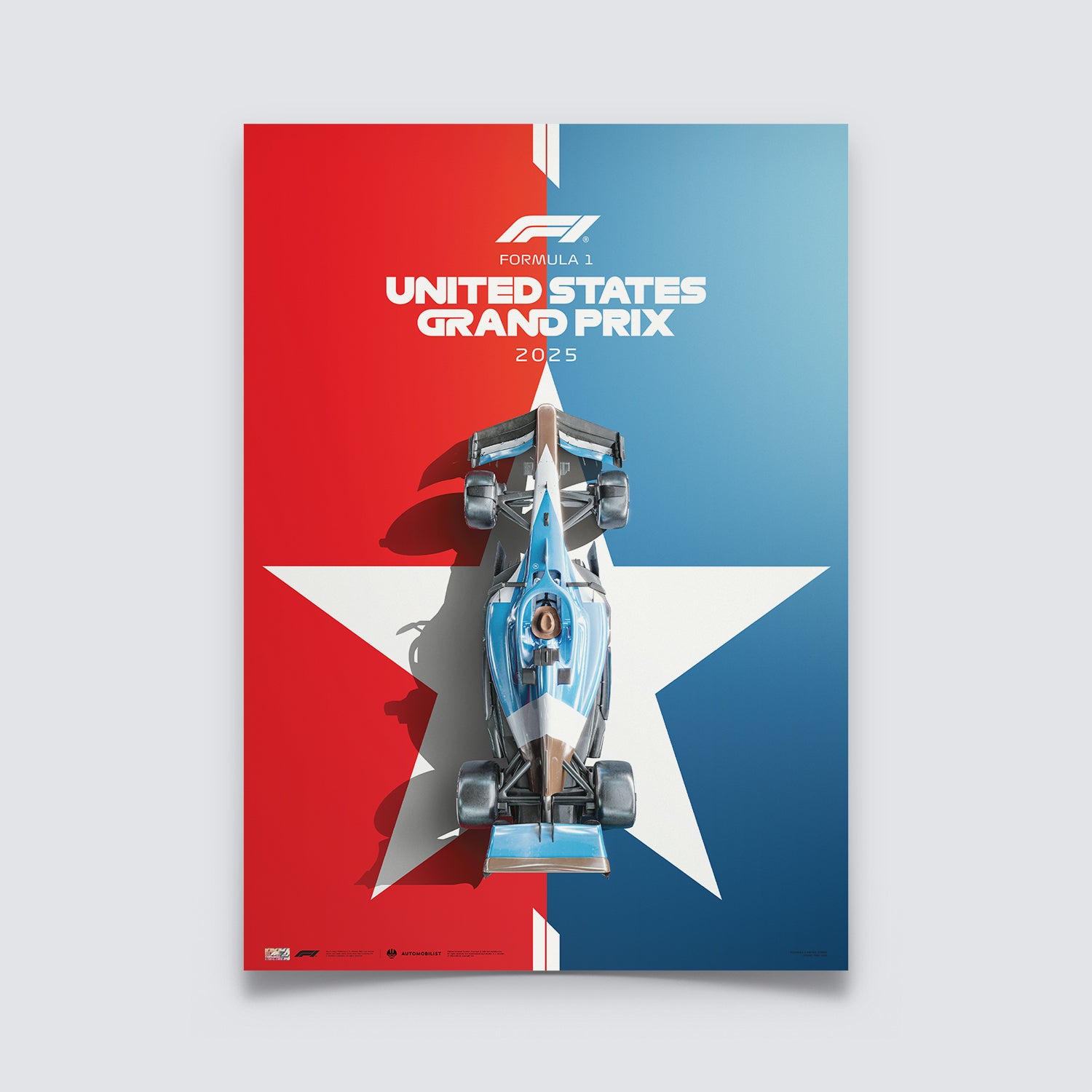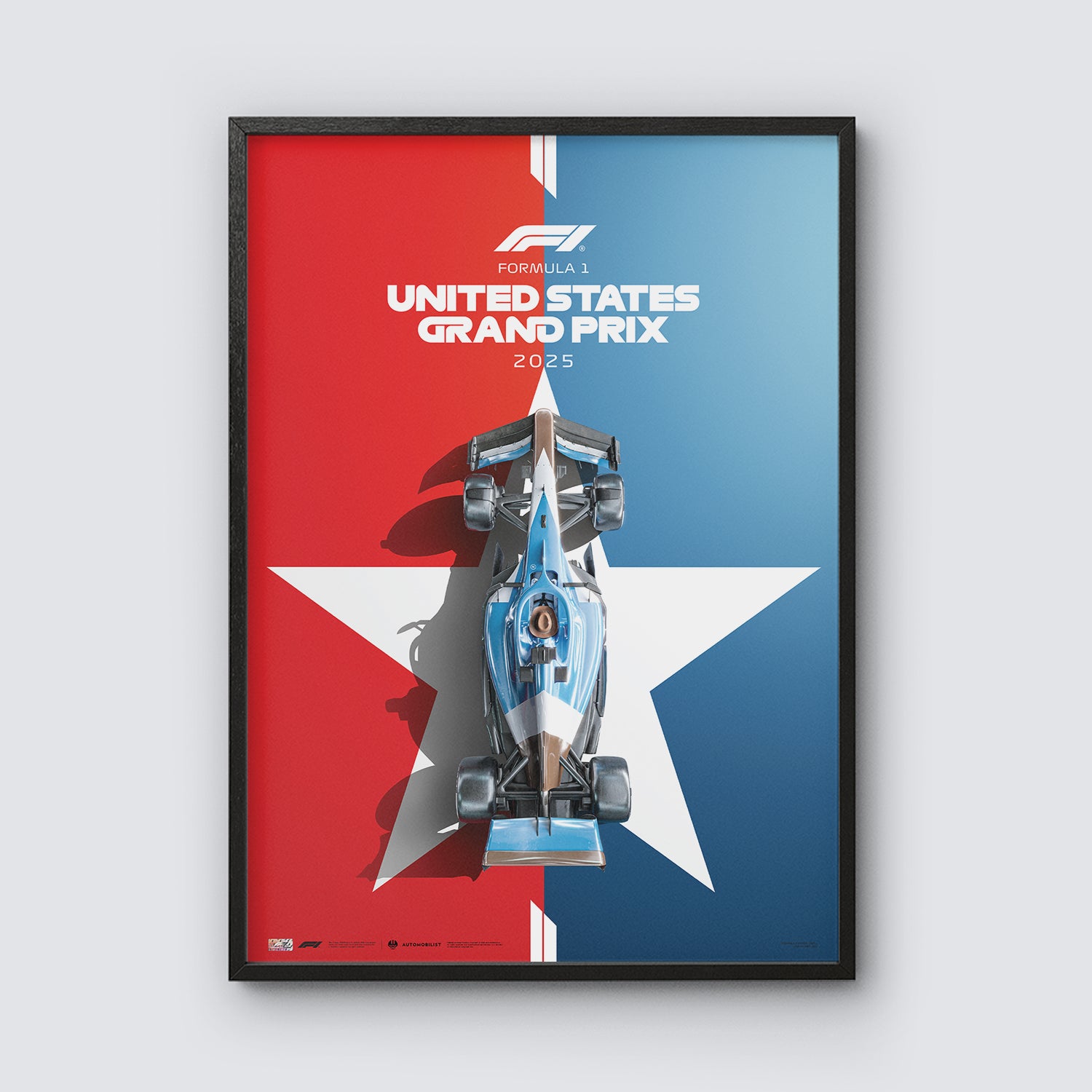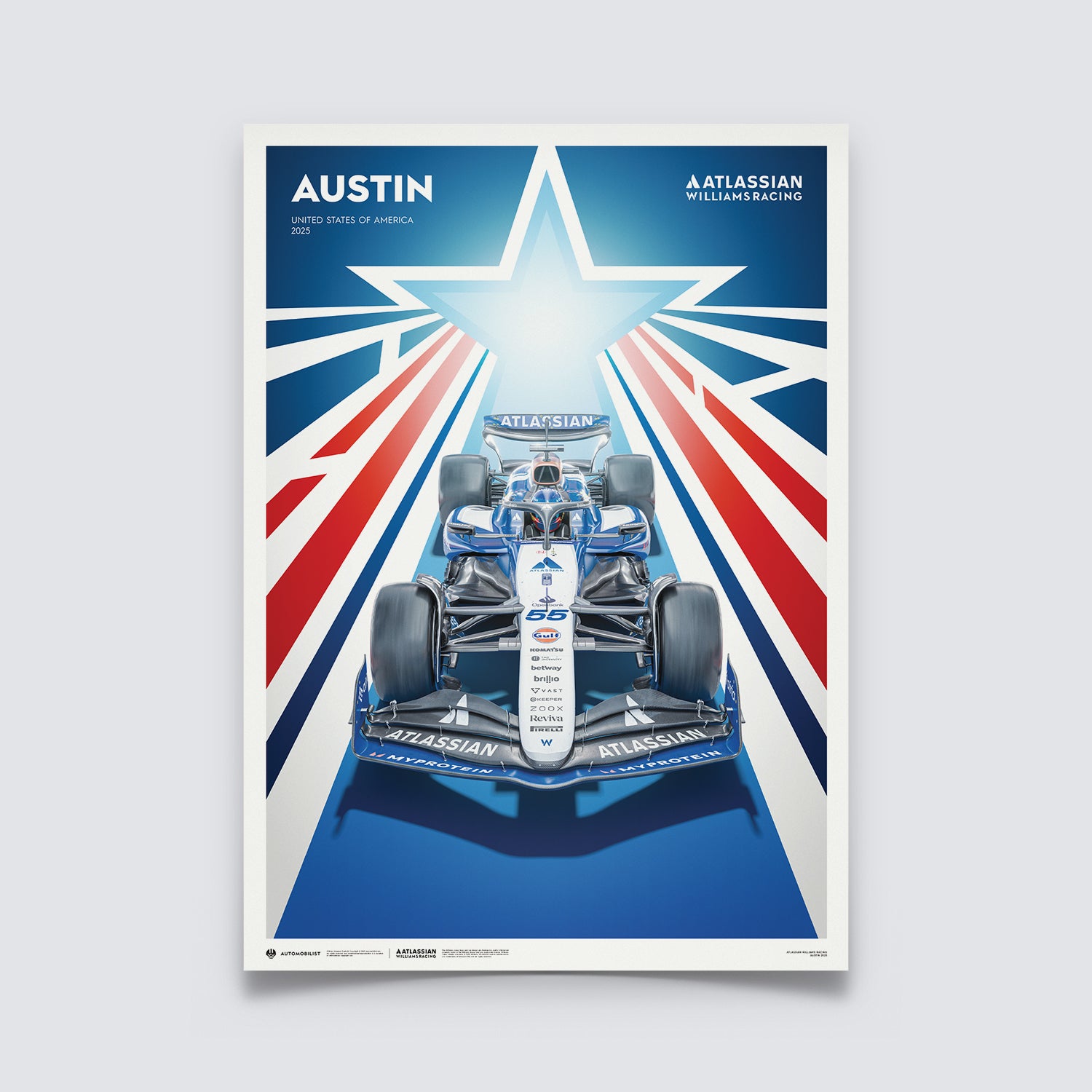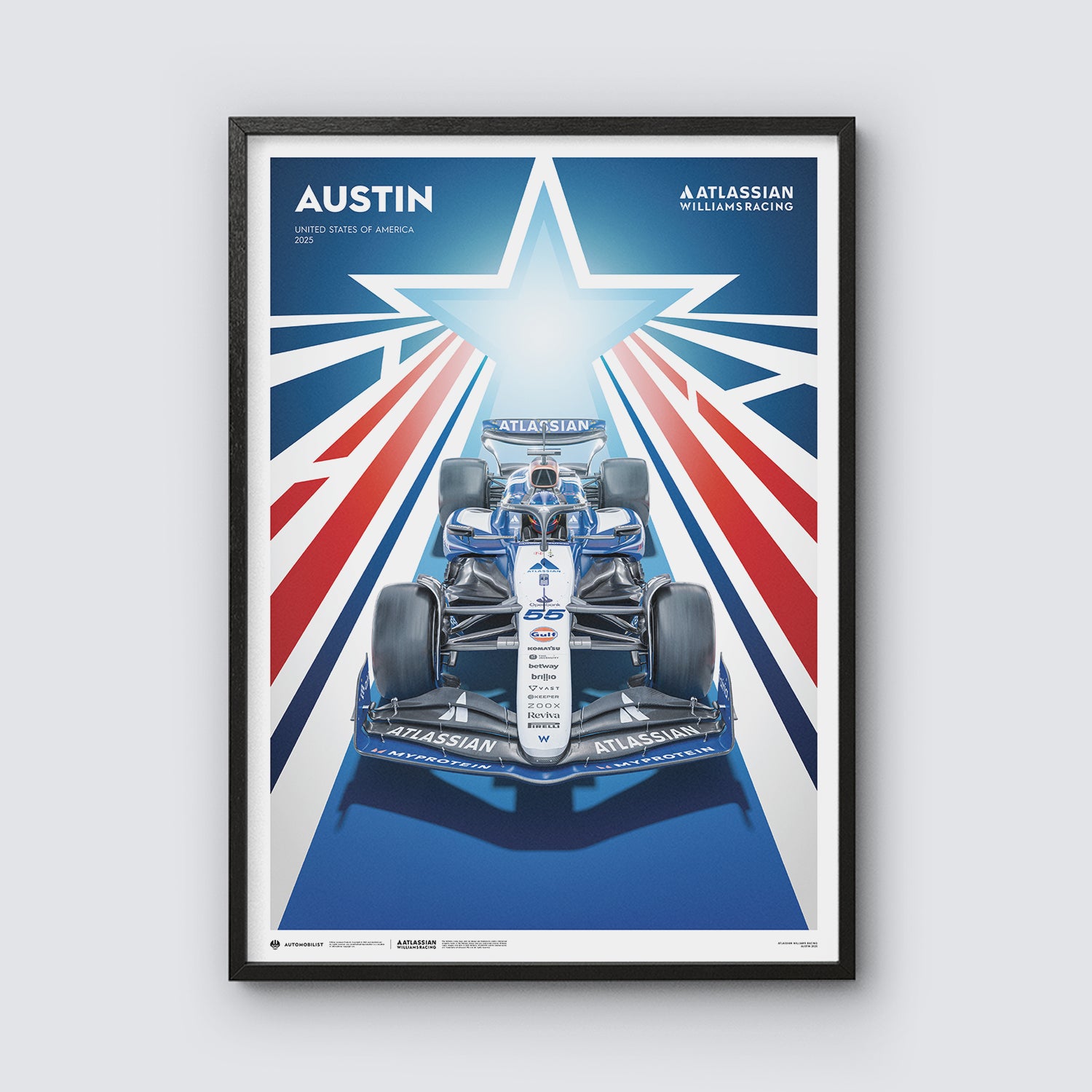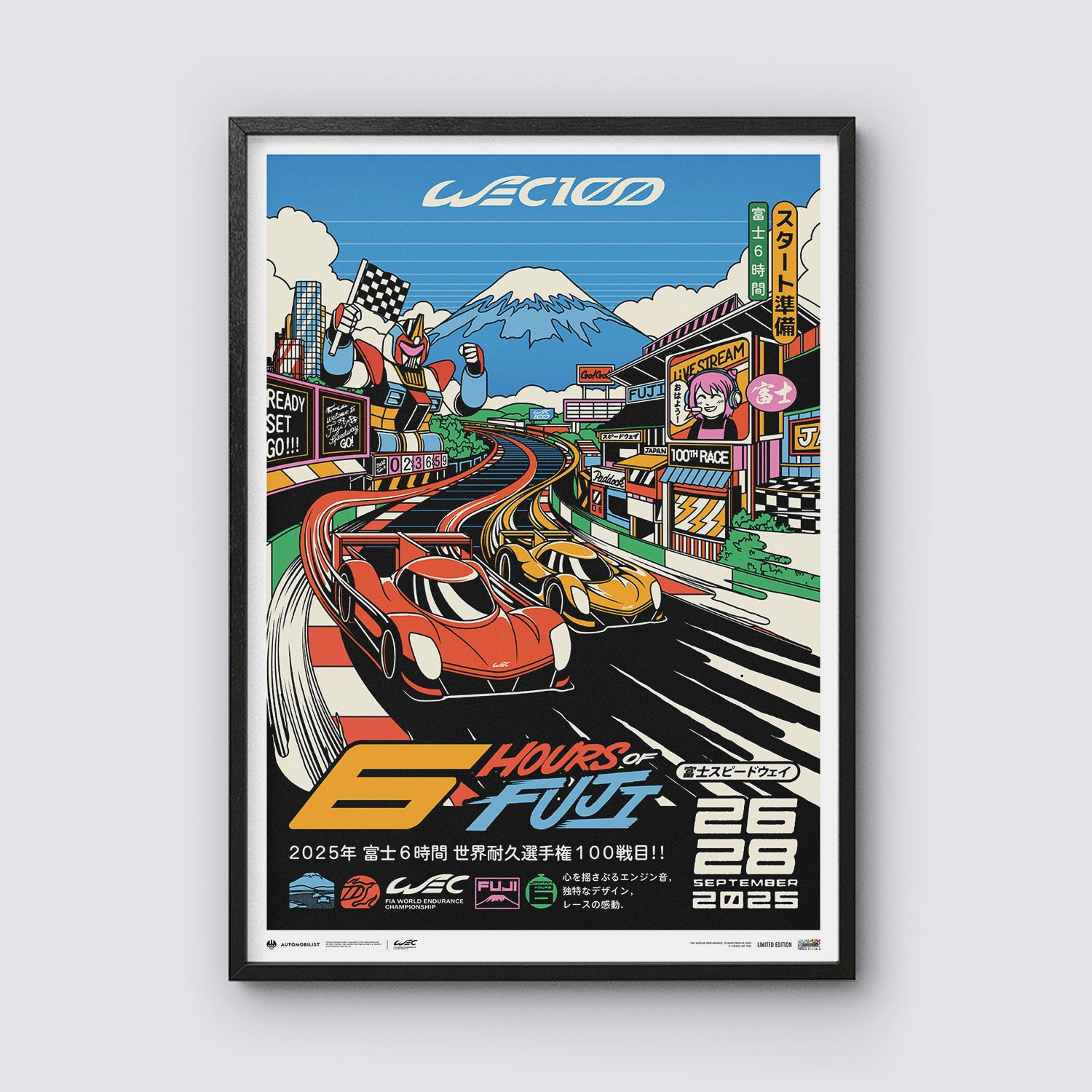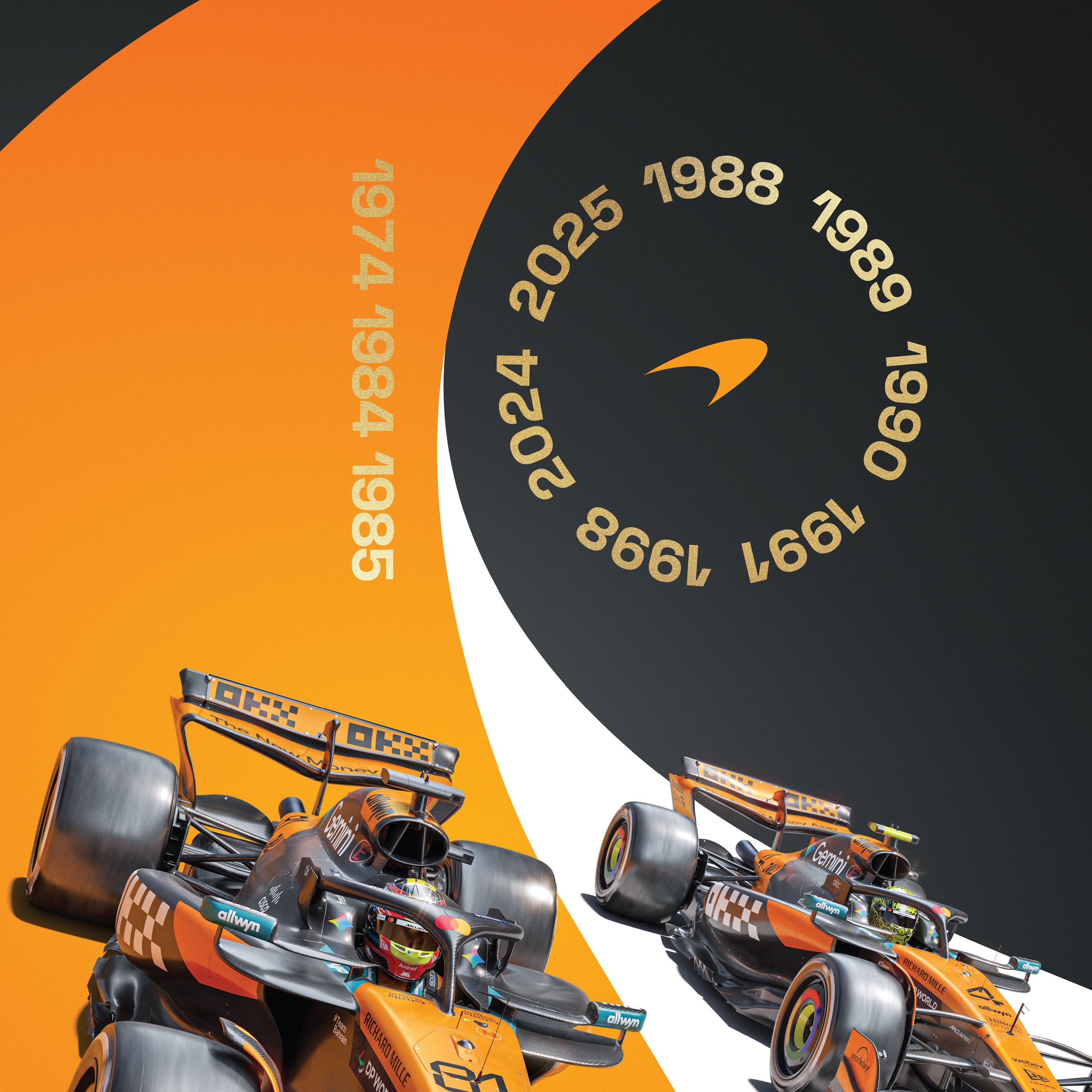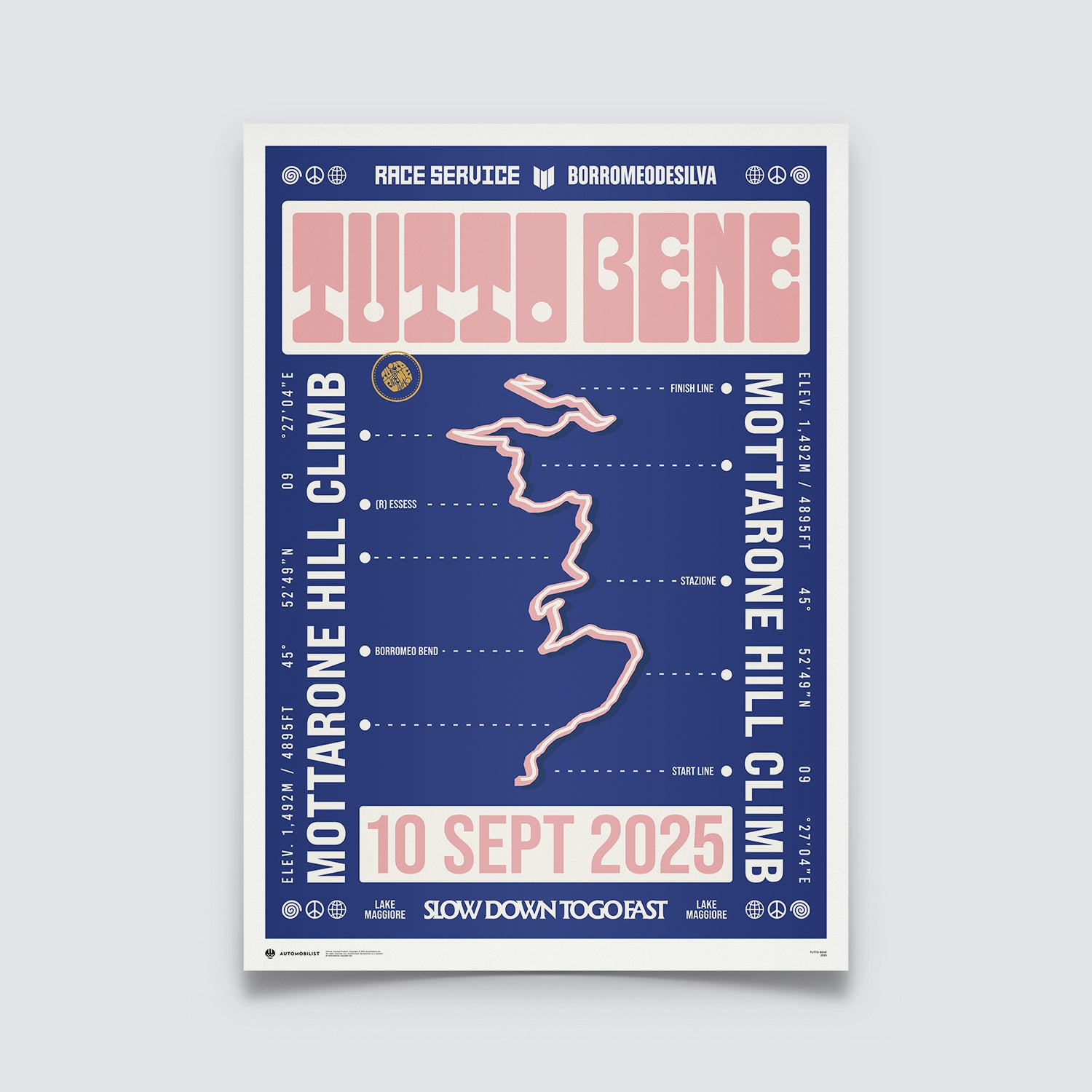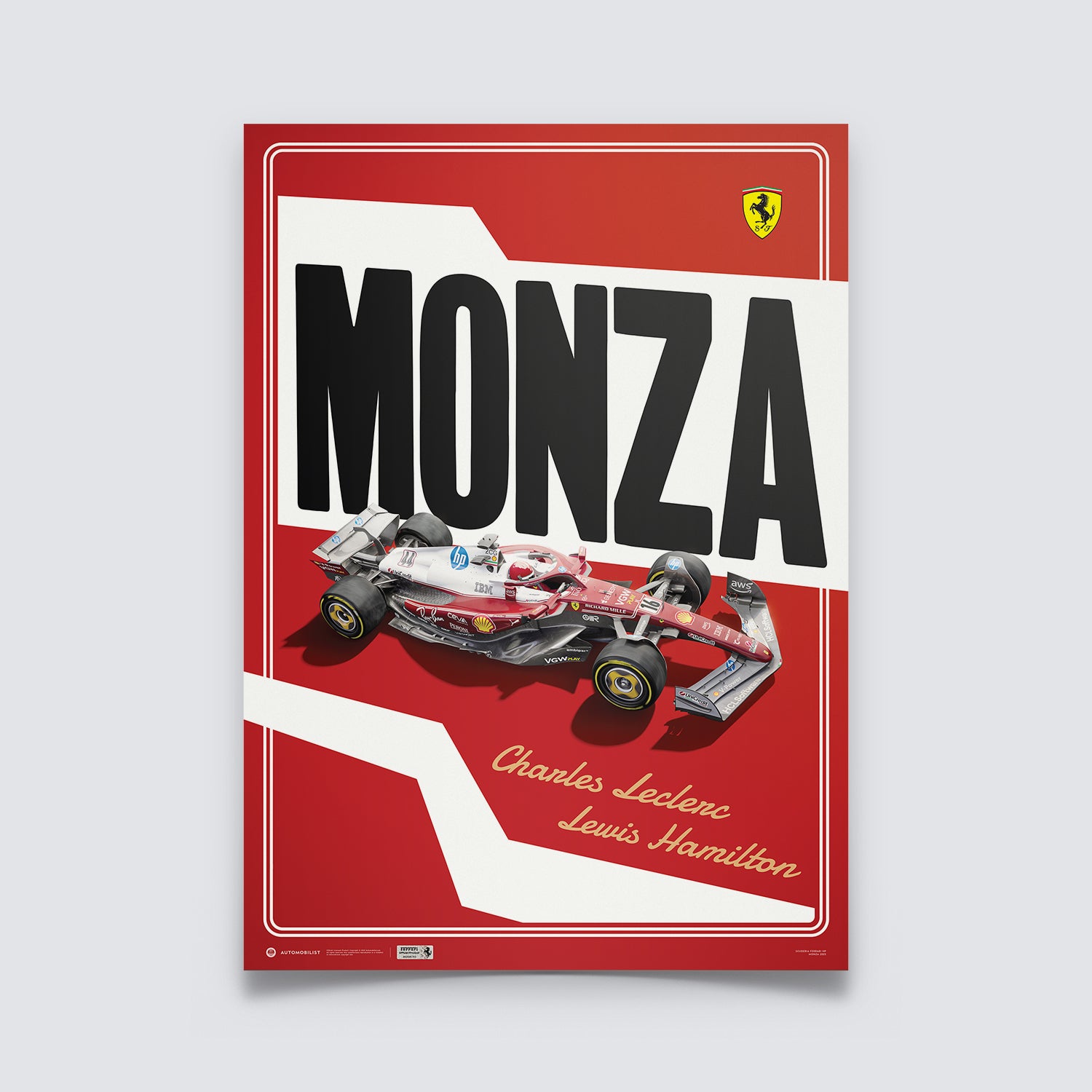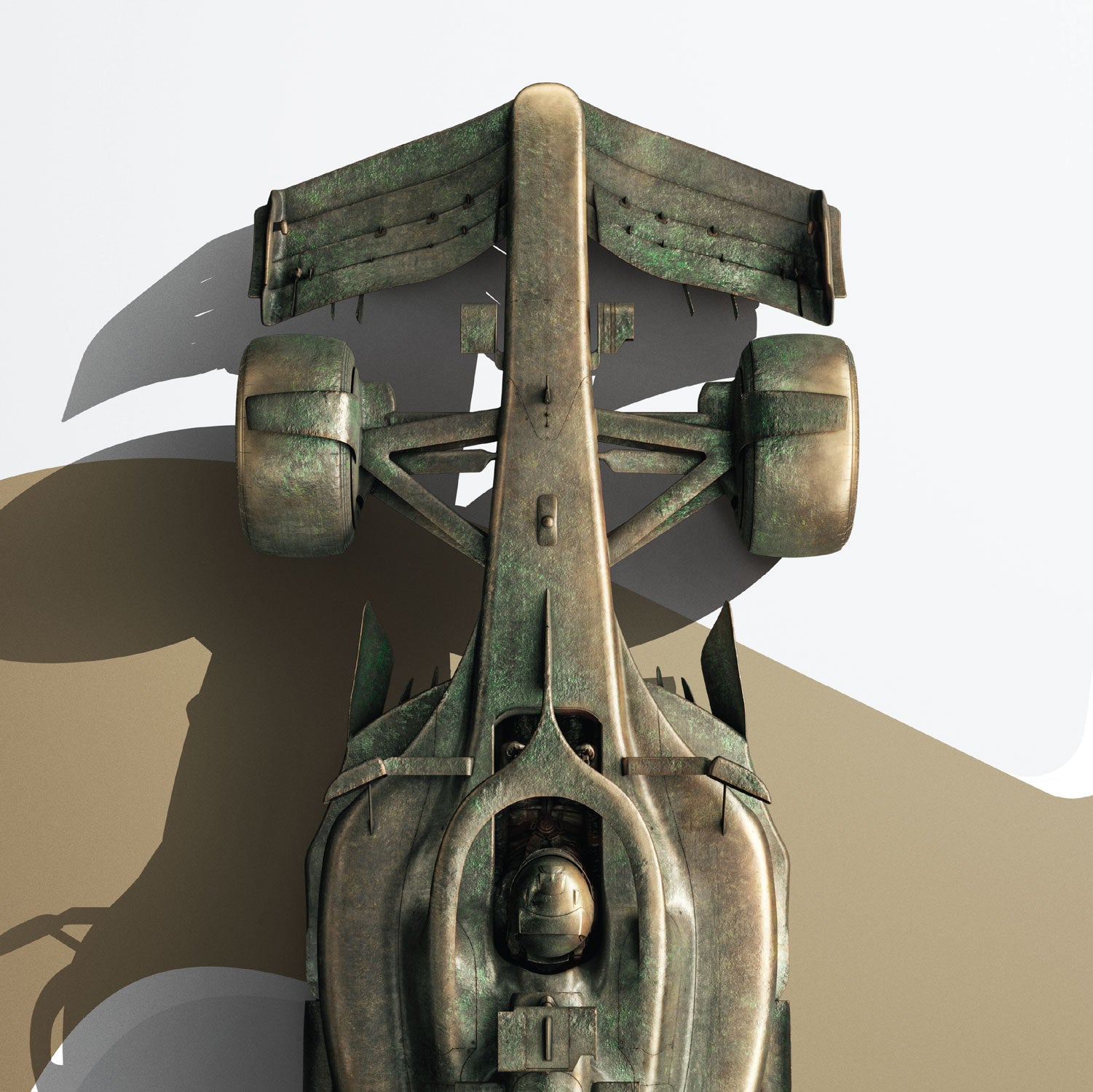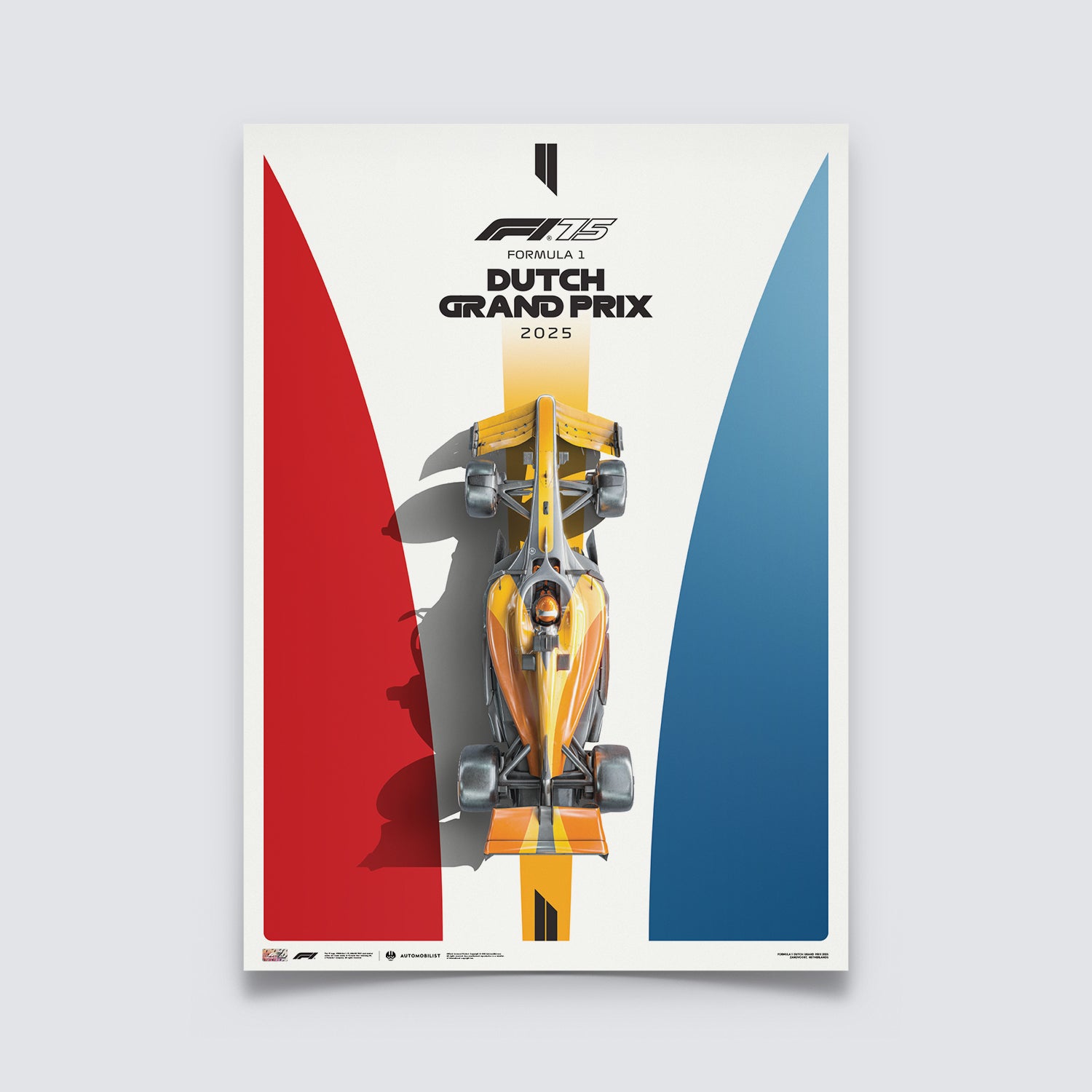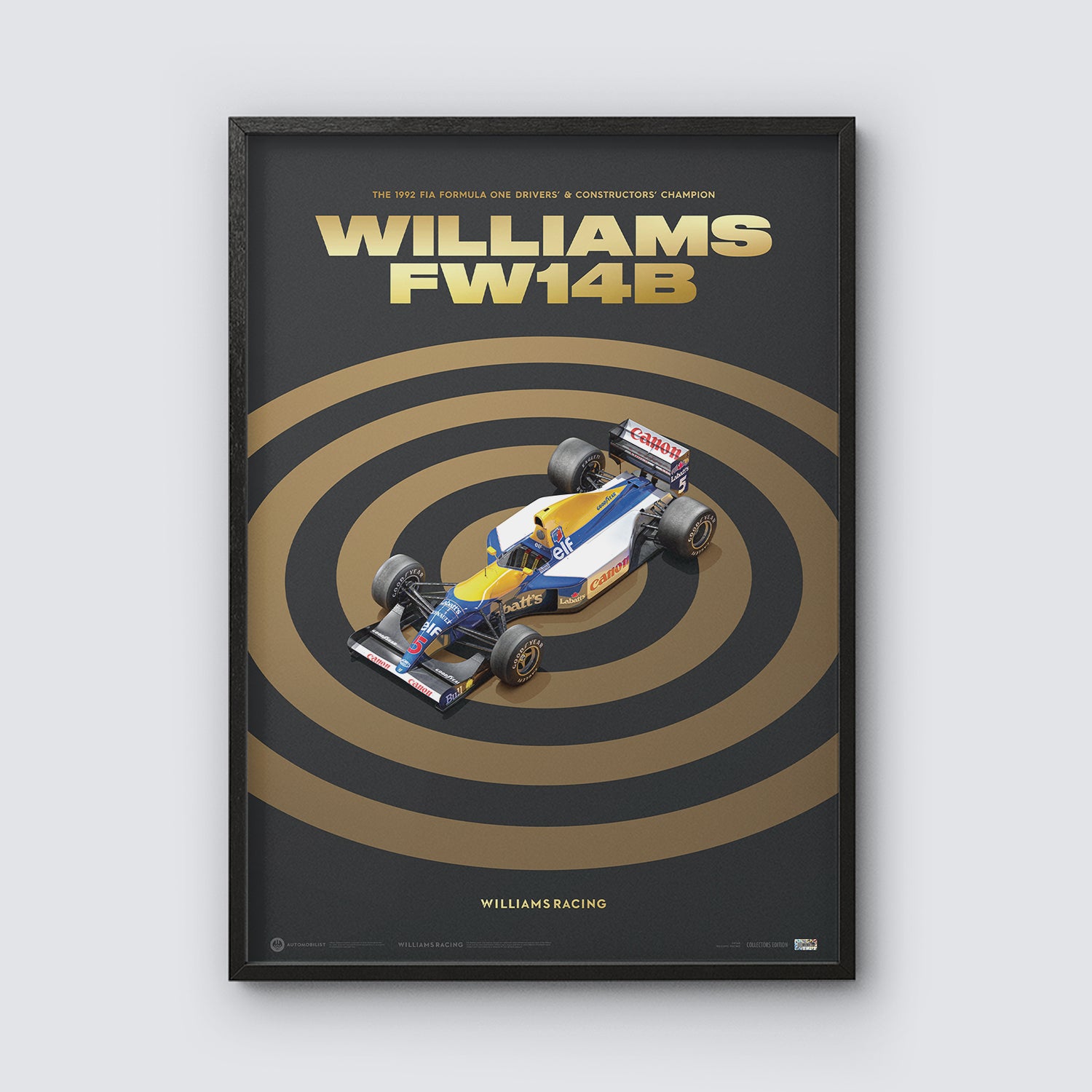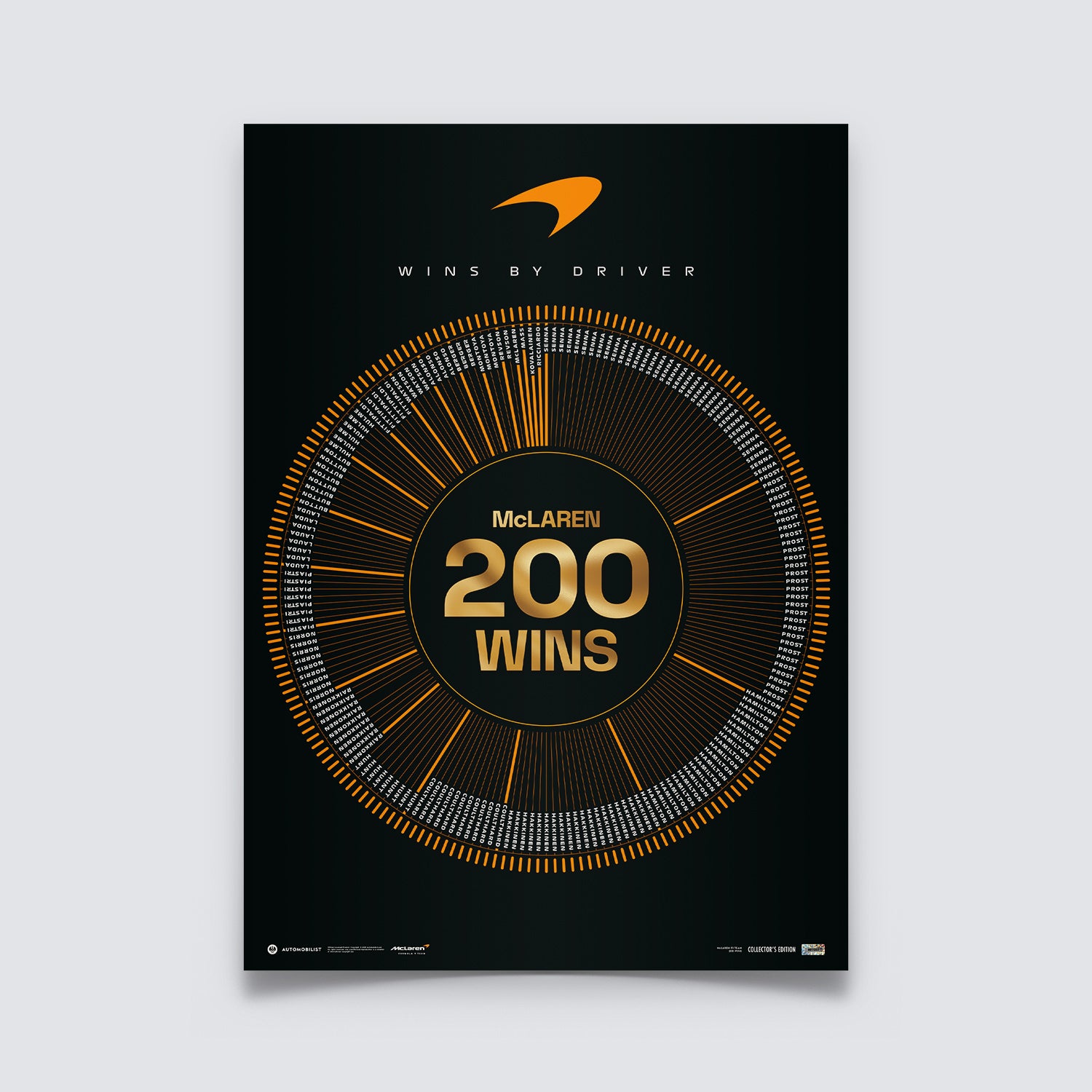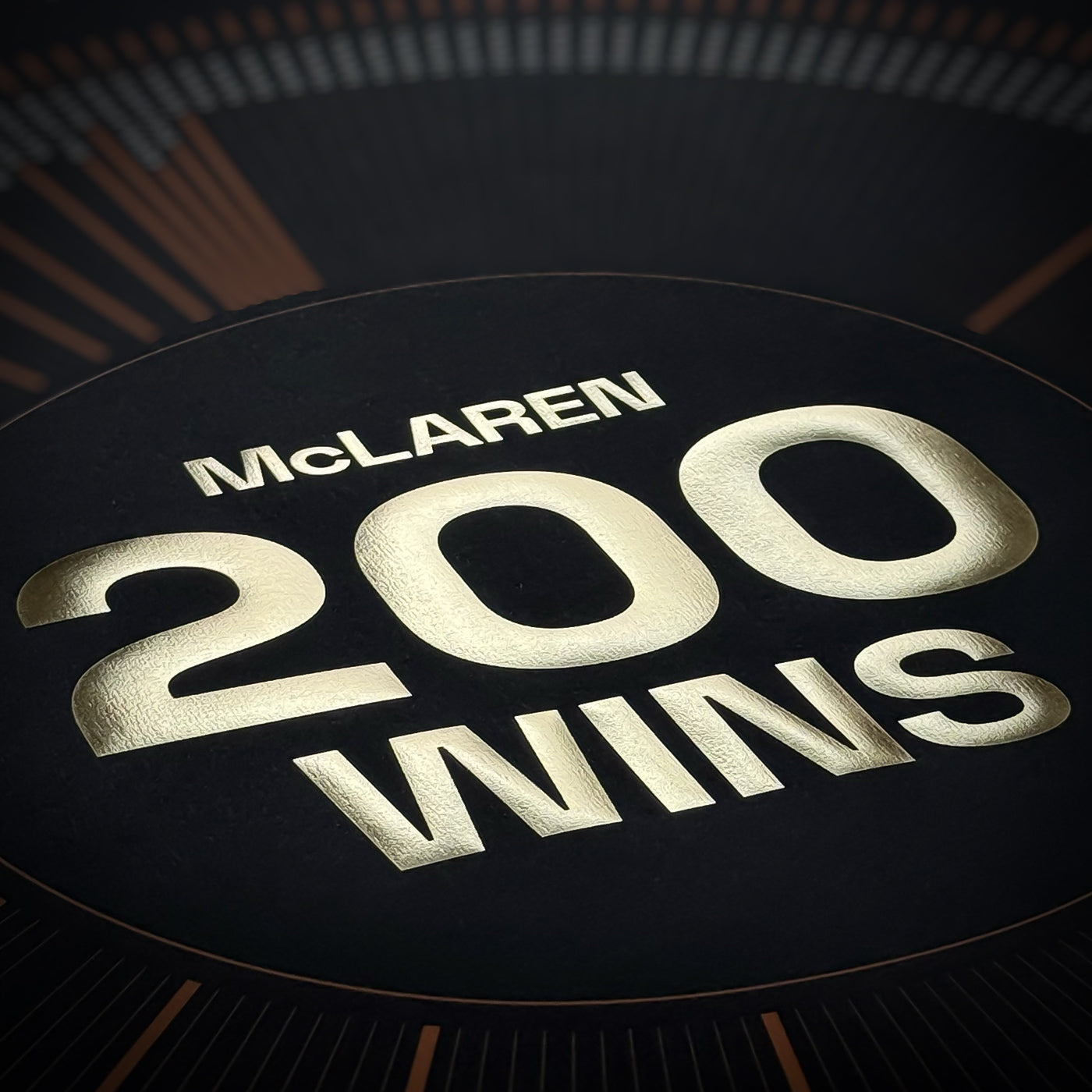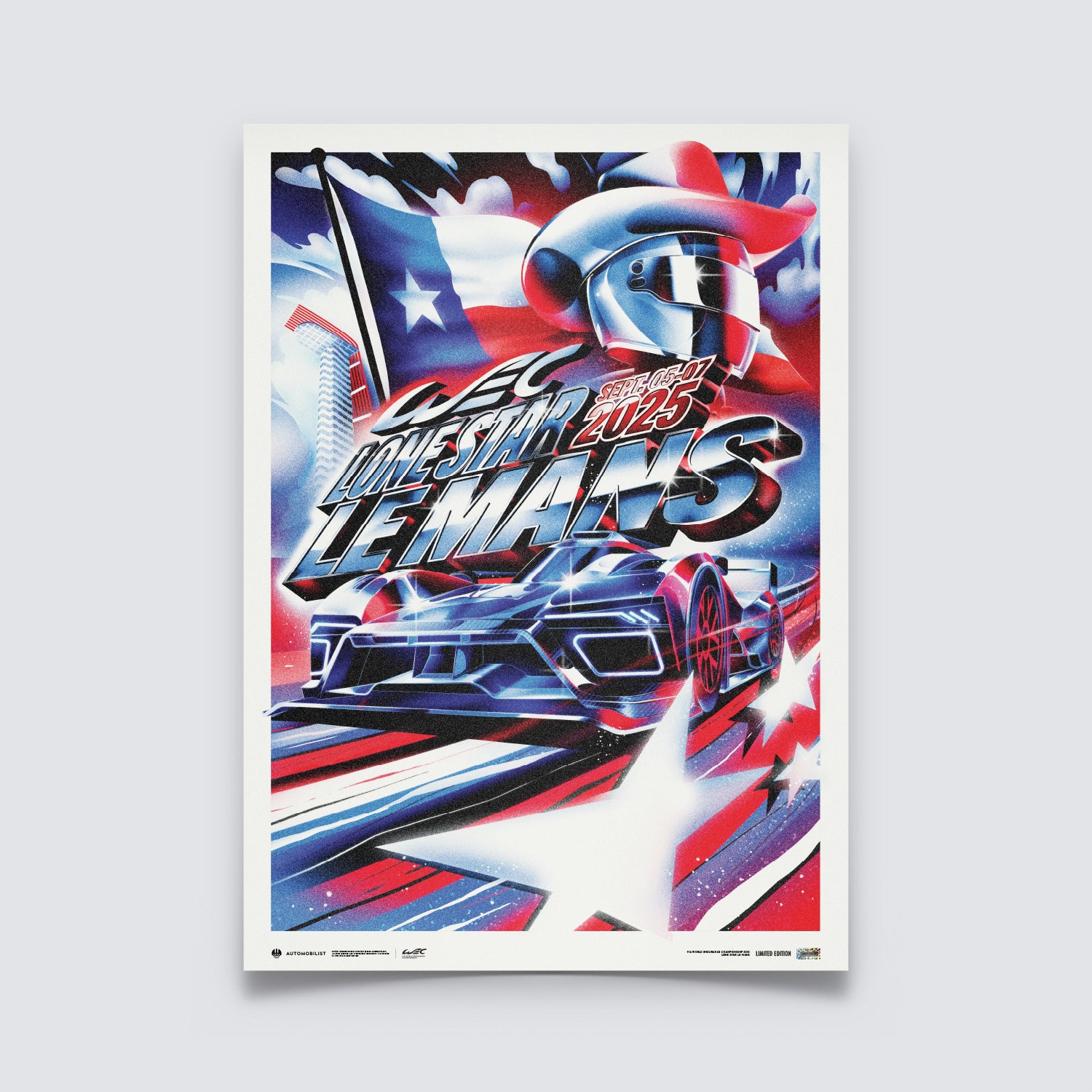It’s almost time for this year’s Indianapolis 500. It takes place on 29 May and, as is pretty much traditional, the American classic clashes with the Monaco Formula 1 Grand Prix.
Indeed these two races generally split opinion as to which is the most famous and, along with the Le Mans 24 Hours they make up what is known as The Triple Crown of motor racing.
Indy can claim to be the oldest, as it was first run in 1911, while the first F1 race around the streets of Monte Carlo was held in 1929. In the early days of Formula 1, from 1950 to 1960, the American race was actually part of the Formula 1 World Championship, but the European teams generally did not take part and the transatlantic relationship was at best uncomfortable and at worst, frosty. The Europeans were rather snooty about their American cousins racing round an oval track with four left hand turns, located in the Indianapolis suburbs. To this day, the track is still surprisingly hidden and not at all as imposing as its history suggests and one could easily drive past the entrance without noticing…but not during race week!
 A historic Indy500 event featuring Mario Andretti, Hawk Ford, and Jim Clark, among others, at Indianapolis Motor Speedway in 1966. Image courtesy Motorsport Images
A historic Indy500 event featuring Mario Andretti, Hawk Ford, and Jim Clark, among others, at Indianapolis Motor Speedway in 1966. Image courtesy Motorsport Images
The Indianapolis 500 Miles has provided some incredible stories of bravery, skill and talent, but also intrigue, comedy – why on earth would you want to drink a pint of milk rather than some nice champagne after racing for 500 miles – and tragedy. The very first running of the event, known as the International 500 Mile Sweepstakes Race, on 30 May 1911 seems to have featured all of those elements. To start with, it was held on a Tuesday, but that didn’t stop a crowd estimated at around 90,000 turning up to watch a field of 40 cars battle for the huge prize fund of $27,500 with $10,000 to the winner. Given the lurid build up in the local press, it seems many of them had also come to see carnage and confusion. They would not be disappointed.
The drivers were an eclectic bunch, from everyday garage owners who had put their own cars together to the rich elite. Fitting the former category, Johnny Aitken led at first but was passed not long after the start by Spencer Wishart, the son of a mining magnate, driving a special Mercedes rumoured to have cost an astounding-for-the-time $62,000. He had to pit with a blown tyre and that seemed to promote Fred Belcher in a Knox into the lead. Bear in mind, this was well before the days of proper lap timing so that as the race reached the 30 mile mark the leaders were already lapping backmarkers and things got more confusing, so that the four scoreboards around the track, each operated by a man hanging numbers on hooks, appeared to show a different running order! They got their instructions from someone manning the circuit’s laughable timing system which went by the impressive name of the Warner Horograph. It looked impressive, with wires, rolls of paper and bells and whistles, but it was not fit for purpose.
 The field heads through turn one at the Indy500 event at Indianapolis Motor Speedway in 1988. Image courtesy Motorsport Images
The field heads through turn one at the Indy500 event at Indianapolis Motor Speedway in 1988. Image courtesy Motorsport Images
However, tragedy was just around the corner. Arthur Greiner, driving the number 44 Amplex lost a wheel, careered into the infield, which really was a field back then and flipped over. The driver was thrown clear, but in those days, most cars had a travelling mechanic, who apart from keeping mechanical components lubricated would also serve as a lookout for what was going on behind, as wing mirrors had not been widely adopted back then. Sam Dickson was mechanic to Greiner and the crowd watched in fascinated horror as the car finally tipped end to end and Dickson was the race’s first fatality.
It took about half an hour to get the racetrack cleared and the race restarted. Tyre failures on a track made of bricks, hence the Brickyard nickname for the Indianapolis Speedway, caused untold chaos throughout the field and it was clear that drivers who adhered to the notion that “slow and steady wins the day” had the greatest chance of glory.
 A historic image of the first edition of the Indy500 at the Indianapolis Motor Speedway in 1911. Image courtesy Wiki Commons
A historic image of the first edition of the Indy500 at the Indianapolis Motor Speedway in 1911. Image courtesy Wiki Commons
Confusion as to who was leading only got worse as the race progressed and a major problem with working out the positions was blamed on a car crashing into the Judges and Timekeepers’ box although this was later denied. As the race ended, it seems that Ralph Mulford was first across the line, but as was common practice back in these early days, he did another “insurance lap” to make sure he had completed the full distance. To his surprise, by the time he made it to the winner’s circle, he found Ray Harroun already there, feted as the winner. Harroun took the ten thousand dollars and never raced again.
The Indy 500 bills itself as “The Greatest Spectacle In Racing” and it seems it proved that point from the very first race. This year, as is now the norm, there will be 33 cars on the grid, tackling 200 laps of the Brickyard, the name still evoked by the yard-wide strip of bricks that runs across the start-finish line.


